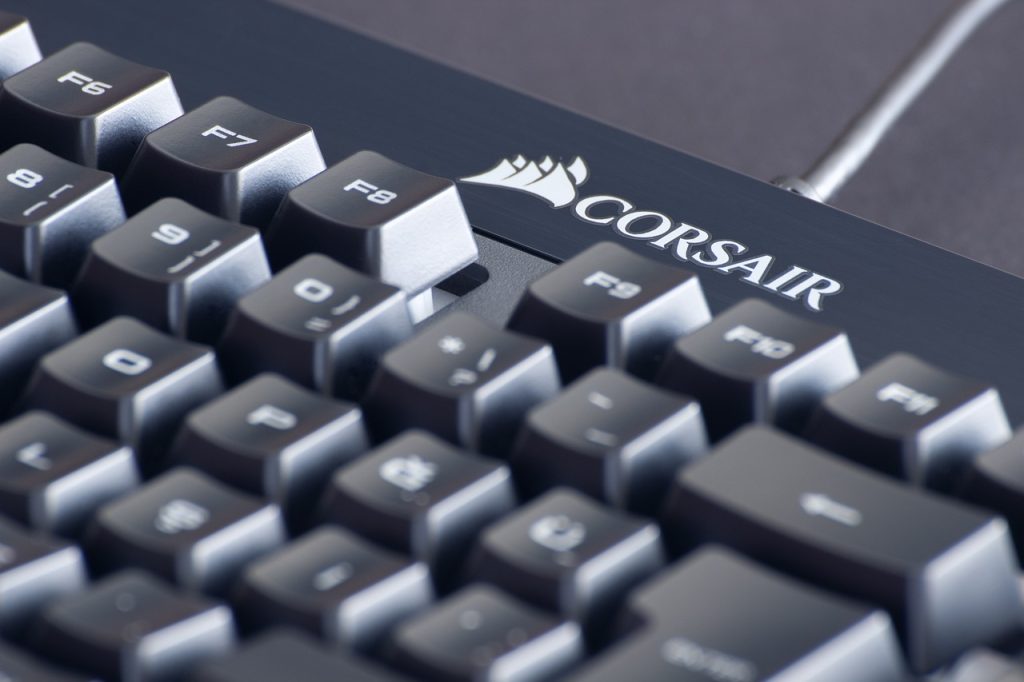Upgrading your computer’s RAM (Random Access Memory) is a powerful way to enhance its performance, especially if you’re experiencing slowdowns or running memory-intensive applications. Here’s a guide on how to upgrade your RAM to boost your computer’s performance.
Understand the Role of RAM

RAM is a type of volatile memory that temporarily stores data your computer is actively using. The more RAM you have, the more data your computer can handle simultaneously, which improves its ability to run multiple applications and process complex tasks efficiently. If you often work with large files, run virtual machines, or have numerous browser tabs open, increasing your RAM can significantly enhance your system’s responsiveness and speed.
Determine Your Current RAM Configuration
Before upgrading, check your computer’s current RAM configuration to understand how much RAM is installed and what type of RAM is compatible. On Windows, you can view this information by going to “System Information” or “Task Manager” under the “Performance” tab. On macOS, click on the Apple menu, select “About This Mac,” and check the “Memory” tab. Knowing your existing setup helps ensure compatibility when purchasing new RAM.
Ensure that the new RAM you choose is compatible with your computer’s motherboard. Check the specifications for your motherboard or laptop, including the type (DDR3, DDR4, etc.), maximum supported capacity, and the speed (measured in MHz). This information can usually be found in your computer’s manual or on the manufacturer’s website.
When selecting new RAM, consider factors such as capacity, speed, and brand. For most users, upgrading to 16GB or 32GB of RAM is sufficient for improved performance. Opt for RAM with higher speeds if your motherboard supports it, as this can further enhance system performance. Brands like Corsair, Crucial, and Kingston are well-regarded for their quality and reliability.
Install the New RAM
To install the new RAM, power off your computer and unplug it from the power source. Open the computer case (or access panel on a laptop) and locate the RAM slots on the motherboard. Gently remove any existing RAM modules if necessary, and insert the new RAM modules into the empty slots. Ensure that they are properly seated and securely locked in place. Refer to your computer’s manual for specific instructions if you’re unsure.
After installing the new RAM, power on your computer and check if it recognizes the new memory. On Windows, you can verify this by going to “Task Manager” and checking the “Performance” tab. On macOS, check the “About This Mac” section under the “Memory” tab. Ensure that the total amount of RAM displayed matches your new configuration.
Once the new RAM is installed and recognized, test your computer’s performance to gauge the improvement. Open multiple applications, run demanding software, and perform tasks that previously caused slowdowns. You should notice faster load times, improved multitasking capabilities, and overall better system responsiveness.
Consider Additional Upgrades

If you’re still experiencing performance issues after upgrading your RAM, consider other hardware upgrades such as an SSD (Solid State Drive) for faster storage access or upgrading your CPU (Central Processing Unit) for better processing power. A comprehensive approach to upgrading hardware can provide even greater performance enhancements.
By upgrading your computer’s RAM, you can significantly boost its performance and efficiency, particularly for memory-intensive tasks and multitasking. Understanding your current setup, choosing compatible RAM, and properly installing and testing it will ensure that you get the most out of your upgrade.

Leave a Reply